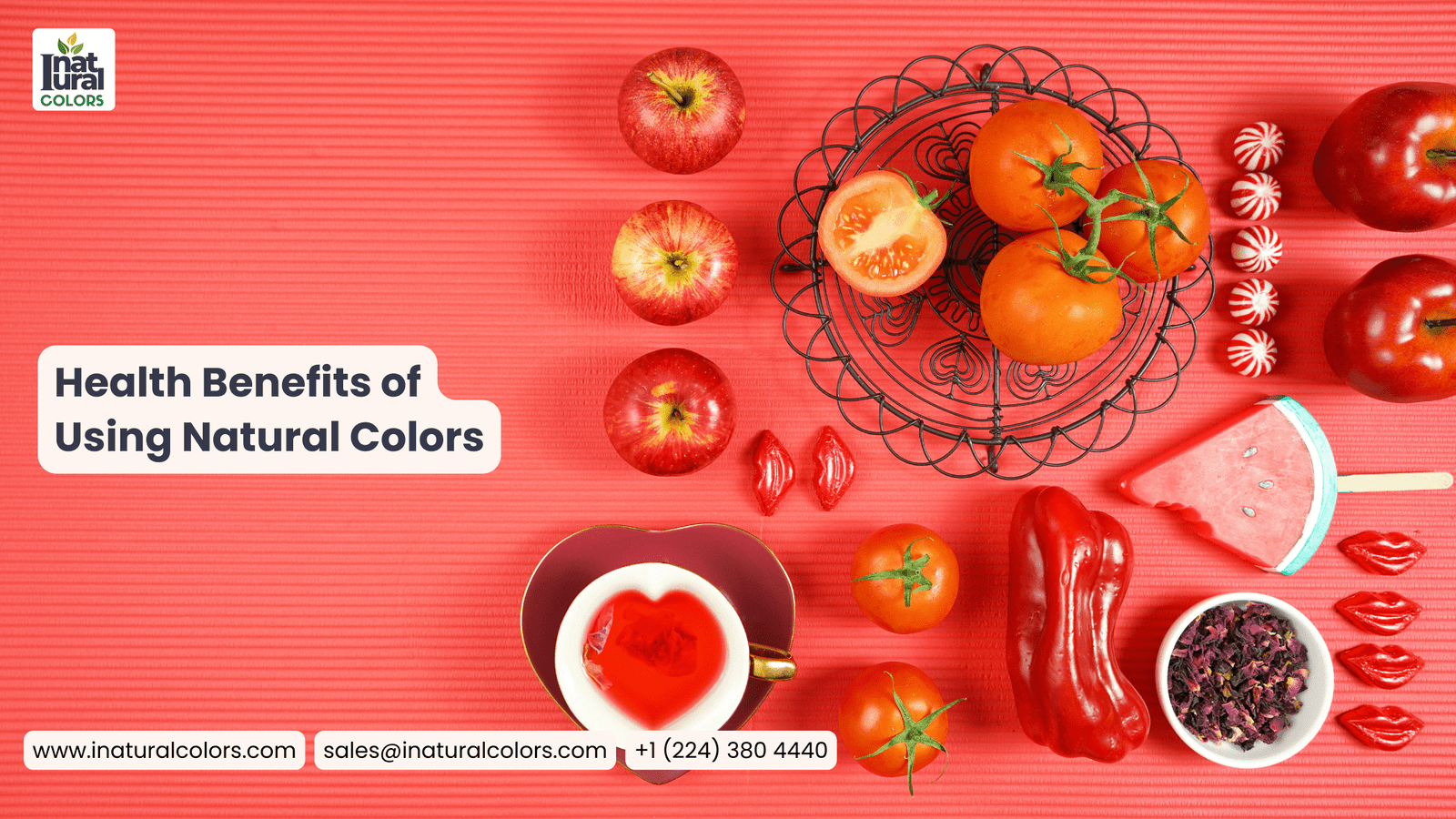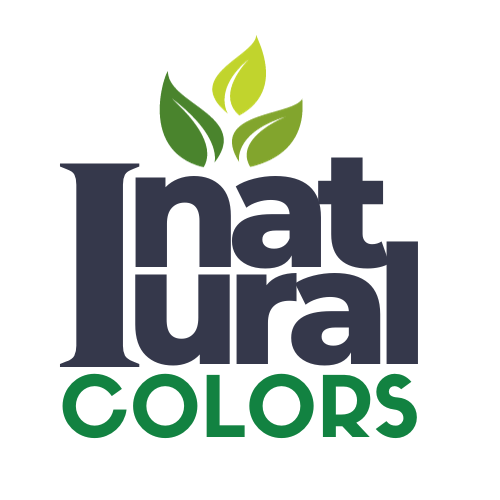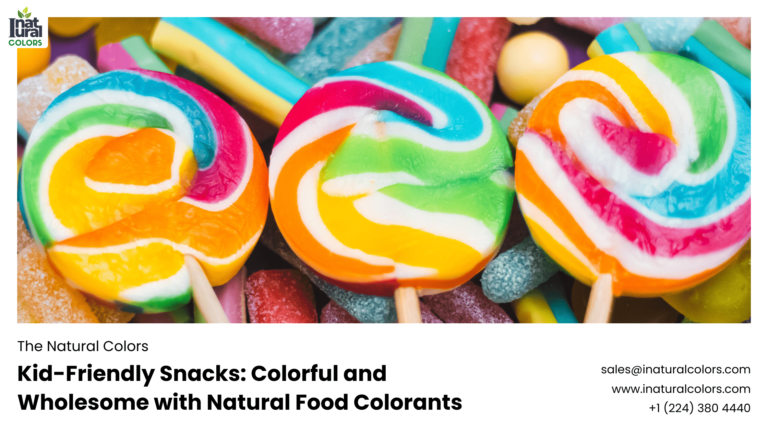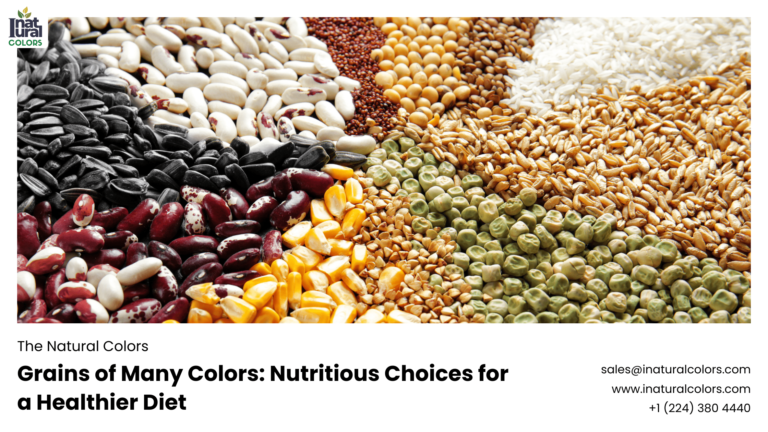Beautiful Plants For Your Interior

The Health Benefits of Using Natural Colors
Color is an essential aspect of our daily lives. It influences our emotions, shapes our experiences, and, crucially, plays a significant role in the food we consume and the products we use. With growing concerns about the adverse effects of synthetic additives, the shift towards natural colors is gaining momentum. iNatural Colors is at the forefront of this transformation, providing safe, sustainable, and health-conscious alternatives. This article delves into the myriad health benefits of using natural colors, supported by industry statistics and expert insights.
The Rise of Natural Colors
The demand for natural colors is on the rise, driven by an increasingly health-conscious consumer base. According to a report by Grand View Research, the global natural food colors market size was valued at USD 1.65 billion in 2020 and is expected to grow at a compound annual growth rate (CAGR) of 8.8% from 2021 to 2028. This surge is attributed to growing awareness about the harmful effects of synthetic colors and a preference for clean-label products.
Understanding Natural Colors
Natural colors are derived from natural sources such as fruits, vegetables, plants, minerals, and other natural substances. Unlike synthetic colors, which are made from chemical compounds, natural colors are extracted through physical processes without altering their chemical structure. This makes them safer for consumption and use in various applications, including food, cosmetics, and textiles.
Health Benefits of Natural Colors
1. Reduced Risk of Allergic Reactions
Synthetic dyes have been linked to allergic reactions in sensitive individuals. Common symptoms include skin rashes, headaches, and respiratory issues. Natural colors, being free from harmful chemicals, significantly reduce the risk of such reactions. For instance, anthocyanins, which provide a red to purple hue and are derived from berries, grapes, and red cabbage, are known for their hypoallergenic properties.
2. Antioxidant Properties
Many natural colors come with inherent health benefits, including antioxidant properties. For example, carotenoids, which give fruits and vegetables like carrots and tomatoes their vibrant orange and red colors, are powerful antioxidants. They help neutralize free radicals in the body, reducing oxidative stress and lowering the risk of chronic diseases such as cancer and heart disease.
3. Anti-Inflammatory Effects
Natural colors derived from sources like turmeric (curcumin) and beetroot (betalains) have potent anti-inflammatory properties. Curcumin, the active compound in turmeric, is widely recognized for its ability to reduce inflammation and has been studied for its potential in managing conditions like arthritis and inflammatory bowel disease.
4. Enhanced Nutritional Value
Unlike synthetic colors, which offer no nutritional benefits, natural colors often come packed with essential nutrients. For instance, chlorophyll, the green pigment found in plants, is a rich source of vitamins A, C, E, and K. These vitamins play vital roles in maintaining good health, from boosting the immune system to promoting healthy skin.
5. Lower Toxicity
Synthetic dyes have been associated with various health concerns, including hyperactivity in children, carcinogenic risks, and organ toxicity. Natural colors, sourced from edible plants and minerals, have a much lower toxicity profile, making them a safer choice for both children and adults.
6. Better for Mental Health
The colors we are exposed to can significantly impact our mood and mental well-being. Natural colors, being closer to what we encounter in nature, are more likely to have a positive effect on our mental health. For instance, green, derived from chlorophyll, is often associated with tranquility and relaxation, helping to reduce stress and anxiety levels.
Applications of Natural Colors
Food Industry
The food industry is one of the largest consumers of natural colors. With increasing consumer demand for clean-label products, many food manufacturers are switching to natural alternatives. Natural colors are used in a wide range of food products, including beverages, confectionery, dairy products, and snacks.
Case Study: Reducing Synthetic Dyes in Children’s Food
A study conducted by the Center for Science in the Public Interest found that many popular children’s foods contained synthetic dyes that have been linked to hyperactivity and other behavioral issues. As a result, several major brands have committed to phasing out artificial colors in favor of natural alternatives, enhancing the safety and appeal of their products.
Cosmetics and Personal Care Products
Natural colors are also making significant inroads into the cosmetics and personal care industry. Consumers are increasingly seeking products free from synthetic additives, and natural colors offer a safe and effective alternative. They are used in a variety of products, including lipsticks, eyeshadows, lotions, and shampoos.
Textiles and Fabrics
The textile industry is another area where natural colors are gaining popularity. Natural dyes, derived from plants and minerals, are used to color fabrics in a sustainable and eco-friendly manner. This not only reduces the environmental impact but also provides a safer option for consumers, particularly those with sensitive skin.
Environmental and Ethical Considerations
Sustainability
Natural colors are typically more sustainable than their synthetic counterparts. The production of synthetic dyes often involves harmful chemicals and processes that can have a detrimental impact on the environment. In contrast, natural colors are derived from renewable sources and are biodegradable, reducing their environmental footprint.
Ethical Production
Many natural colors are sourced from plants that can be grown organically, supporting sustainable farming practices. Additionally, the production of natural colors often supports local communities and economies, particularly in regions where these plants are cultivated.
Regulatory Support
Governments and regulatory bodies around the world are increasingly recognizing the benefits of natural colors. For example, the European Union has stringent regulations on the use of synthetic additives in food, leading to a higher adoption rate of natural colors in European markets. This regulatory support further boosts the credibility and demand for natural colorants.
Conclusion
The transition to natural colors is not just a trend but a necessary shift towards healthier living and sustainable practices. With their myriad health benefits, including reduced risk of allergic reactions, antioxidant and anti-inflammatory properties, enhanced nutritional value, and lower toxicity, natural colors are a superior choice for consumers and manufacturers alike. Moreover, their positive impact on mental health, environmental sustainability, and ethical production make them an invaluable addition to our daily lives.
iNatural Colors is committed to providing high-quality natural color solutions that meet the growing demand for safe, sustainable, and health-conscious products. By choosing natural colors, we can all contribute to a healthier future for ourselves and the planet.



